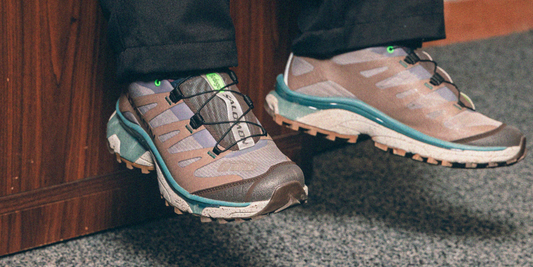Kapital’s technical excellence is married to a decidedly offbeat, but intricately detailed and elegant sense of design that makes their denim truly unlike anything else out there.
The most common geographical locations connected to Japanese fashion are fashionable Tokyo neighborhoods like Harajuku, Shinjuku, and Shibuya. The city of Kurashiki, in southwestern Japan’s Okayama prefecture isn’t a name that springs readily to mind. Yet, every introduction to Japanese denim mavens Kapital will point out right away that the brand’s base of operations, is Kurashiki’s portside Kojima district. That’s not because of some quirky, off the beaten path sense of romanticism; it’s because the city is considered the denim capital of Japan, which is kind of a critical piece of information, seeing as the name Kapital is directly related to it, but it’s only one part of the story.
Kurashiki’s revered status isn’t something that started with the comparatively recent development of blue jeans. From traditional Japanese fixtures like the sanada himo cords once used to wrap sword handles and tabi socks to staples of postwar, modern life like school uniforms, the Kojima district has been a hub for high quality textile manufacturing dating back to the days of samurai. That’s about five centuries if you’re keeping score at home.




Those centuries of working with different materials and techniques are the kind of thing that turns experience into expertise.
Kapital denim is overflowing with the depths of all that craftsmanship, not as a gimmick, but because it’s just how they do things. Kapital’s technical excellence is married to a decidedly offbeat, but intricately detailed and elegant sense of design that makes their denim truly unlike anything else out there.
















